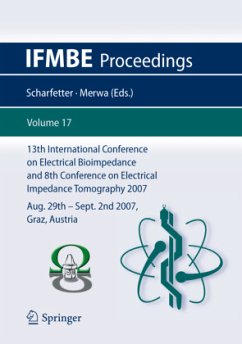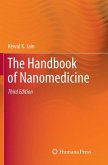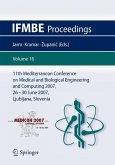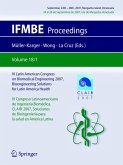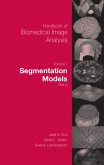These proceedings continue the series edited in the framework of the traditional triennial International Conference on El- trical Bio-Impedance (ICEBI), the most important platform for presenting recent scientific achievements in the area of el- th nd trical bio-impedance. The XIII ICEBI was held from Aug. 29 - Sept. 02 2007 at the Graz University of Technology in Graz, Austria. The organizers received 285 abstracts 264 of which were accepted for presentation. The authors of these - pers came from 34 different nations. Due to the kind support by the International Federation for Biomedical Engineering (IFMBE) the proceedings were p- lished by Springer in the proceedings series of the IFMBE. The editors would like to thank the IFMBE for this kind of s- vice which makes the results of the bioimpedance community visible on a very important publishing platform. According to the quality requirements of the IFMBE each paper had to pass a thorough two-stage review by two independent members of the scientific board. As a result 204 papers were selected for being printed in this issue. As already in previous years the ICEBI was held together with the Conference on Electrical Impedance Tomography, the annual meeting for biomedical impedance imaging. Consequently, the proceedings also contain many contributions from this very important and challenging branch of bioimpedance research.

